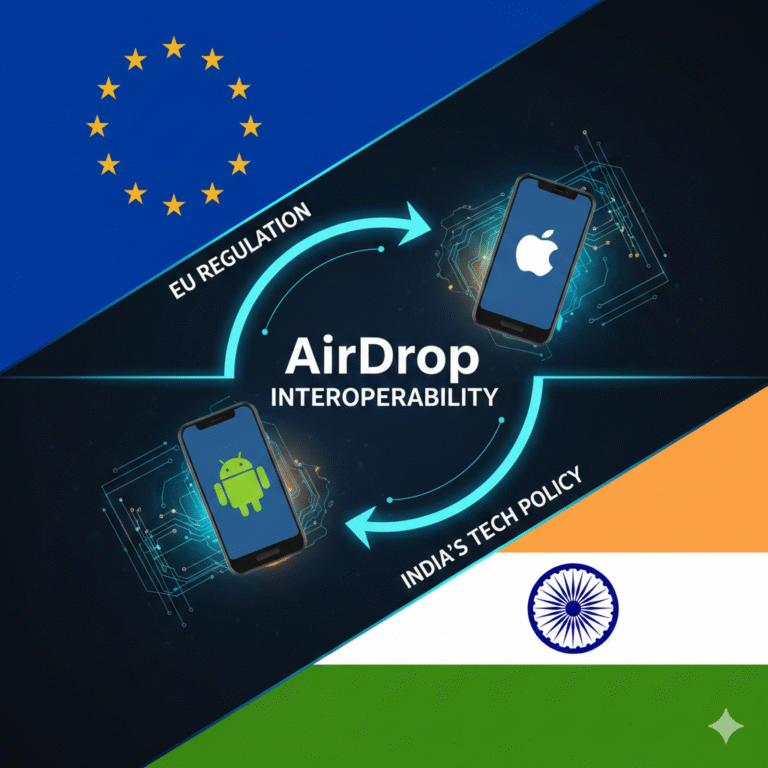As urban populations grow and technological innovation accelerates, cities worldwide are transforming into “smart cities.” These urban ecosystems integrate advanced technologies like Internet of Things (IoT), artificial intelligence (AI), big data, and cloud computing to enhance the efficiency of services such as transportation, energy management, waste disposal, public safety, and healthcare. While these advancements promise a higher quality of life, they also introduce unprecedented cybersecurity risks.
In this blog, we explore how the smart city revolution is shaping the future of urban living, and the critical cybersecurity challenges that must be addressed to ensure these cities remain safe, resilient, and secure.
What Defines a Smart City?

A smart city uses digital technology to improve the quality and performance of urban services, reduce costs, and engage more effectively with its citizens. These technologies include:
- IoT Sensors: Embedded in streetlights, parking meters, and infrastructure.
- Smart Grids: For efficient energy distribution.
- Surveillance Systems: For real-time public safety monitoring.
- Smart Traffic Lights: That adjust to real-time traffic conditions.
- Public Wi-Fi and Connectivity Platforms
- E-governance Systems: To streamline administrative services.
The foundation of a smart city lies in its connectivity. Vast amounts of data are collected, transmitted, and analyzed to automate and optimize processes.
The Cyber Backbone: Technologies That Enable Smart Cities
Smart cities operate on the backbone of interconnected networks and technologies:
- IoT (Internet of Things): Devices that collect and transmit data in real-time.
- Edge Computing: Allows processing near the source of data for faster decisions.
- Artificial Intelligence (AI): For predictive analytics and automation.
- Cloud Computing: Centralized platforms for data storage and analysis.
- 5G Networks: For high-speed communication between devices.
While these technologies drive innovation, they also expand the attack surface for cyber threats.
Cybersecurity Threats Facing Smart Cities
The complex and interconnected infrastructure of smart cities makes them particularly vulnerable to cyberattacks. Here are some of the key challenges:
1. Data Breaches and Privacy Concerns
Massive volumes of personal and operational data are collected from citizens and infrastructure. Unauthorized access can lead to identity theft, data leaks, and loss of trust.
2. IoT Device Vulnerabilities
Many IoT devices have limited security features, making them easy targets for hackers. A single compromised device can be a gateway to the entire network.
3. Ransomware Attacks
Cities can be crippled by ransomware attacks, as seen in Atlanta (2018) and Baltimore (2019), where hackers locked officials out of critical systems until a ransom was paid.
4. Critical Infrastructure Attacks
Transportation, water supply, and power grids are prime targets. Disruption of these services could lead to chaos, economic loss, or even loss of life.
5. Lack of Standardized Protocols
The rapid deployment of technologies often outpaces the development of security standards, creating inconsistencies and vulnerabilities across systems.
6. Third-Party Risks
Smart cities rely heavily on third-party vendors and cloud providers. If one of these partners suffers a breach, it can compromise the entire system.
Real-World Examples of Smart City Cyber Threats
- San Diego Smart Streetlights (2020): Privacy concerns arose after it was revealed that cameras and sensors collected data without sufficient oversight.
- Dallas Emergency Siren Hack (2017): Hackers triggered all 156 outdoor warning sirens, causing public panic.
- Ukrainian Power Grid Attack (2015): A cyberattack cut power to over 230,000 residents, revealing the risk to critical infrastructure.
Strategies to Mitigate Cybersecurity Risks in Smart Cities
To address the cybersecurity challenges, urban planners, government agencies, and tech developers must work collaboratively to implement robust protections.
1. Secure-by-Design Architecture
- Build cybersecurity into smart systems from the outset rather than as an afterthought.
- Use encrypted communications, secure APIs, and hardware-based security modules.
2. Regular Security Audits and Penetration Testing
- Identify vulnerabilities before malicious actors can exploit them.
- Adopt ethical hacking to simulate real-world attacks.
3. IoT Device Authentication and Updates
- Mandate unique credentials and enforce regular firmware updates.
- Establish standards for manufacturers.
4. Public-Private Partnerships
- Foster cooperation between government agencies, tech firms, and academia.
- Share threat intelligence and develop unified frameworks.
5. Citizen Education and Engagement
- Run awareness campaigns about privacy settings and phishing threats.
- Include citizens in planning and feedback for new digital services.
6. AI-Driven Threat Detection
- Implement AI systems to monitor for anomalies in real time.
- Use predictive models to preempt threats.
The Role of Policy and Regulation
Governments must enact laws and regulations tailored to smart cities, including:
- GDPR and Data Protection Laws
- National Cybersecurity Policies
- IoT Security Frameworks (like NIST, ISO/IEC)
- Urban Technology Procurement Guidelines
These help set a minimum security baseline and ensure compliance.
Future Outlook: Building Resilient Smart Cities
The growth of smart cities is inevitable, driven by urbanization, sustainability goals, and technological advancements. However, resilience must be built into every layer of their digital fabric.
Key Future Directions:
- Quantum-Safe Cryptography: To prepare for the threat of quantum computing.
- Digital Twin Simulations: Test citywide cyber scenarios before real deployment.
- Zero-Trust Architectures: Authenticate every user and device before granting access.
- Cybersecurity Insurance: To mitigate financial impact in case of breaches.
Conclusion: Securing the Smart Cities of Tomorrow
Smart cities represent the pinnacle of digital innovation in urban planning. They promise a more efficient, sustainable, and citizen-friendly future. However, without cybersecurity as a core component, they risk becoming vulnerable digital fortresses.
Urban leaders must prioritize cybersecurity from the planning stage to deployment. Investing in robust technologies, policies, education, and public-private collaboration will be essential to safeguard tomorrow’s urban future.
In the coming decades, the success of smart cities will not only be measured by their connectivity or innovation but also by their ability to withstand, adapt to, and recover from cyber threats.









+ There are no comments
Add yours